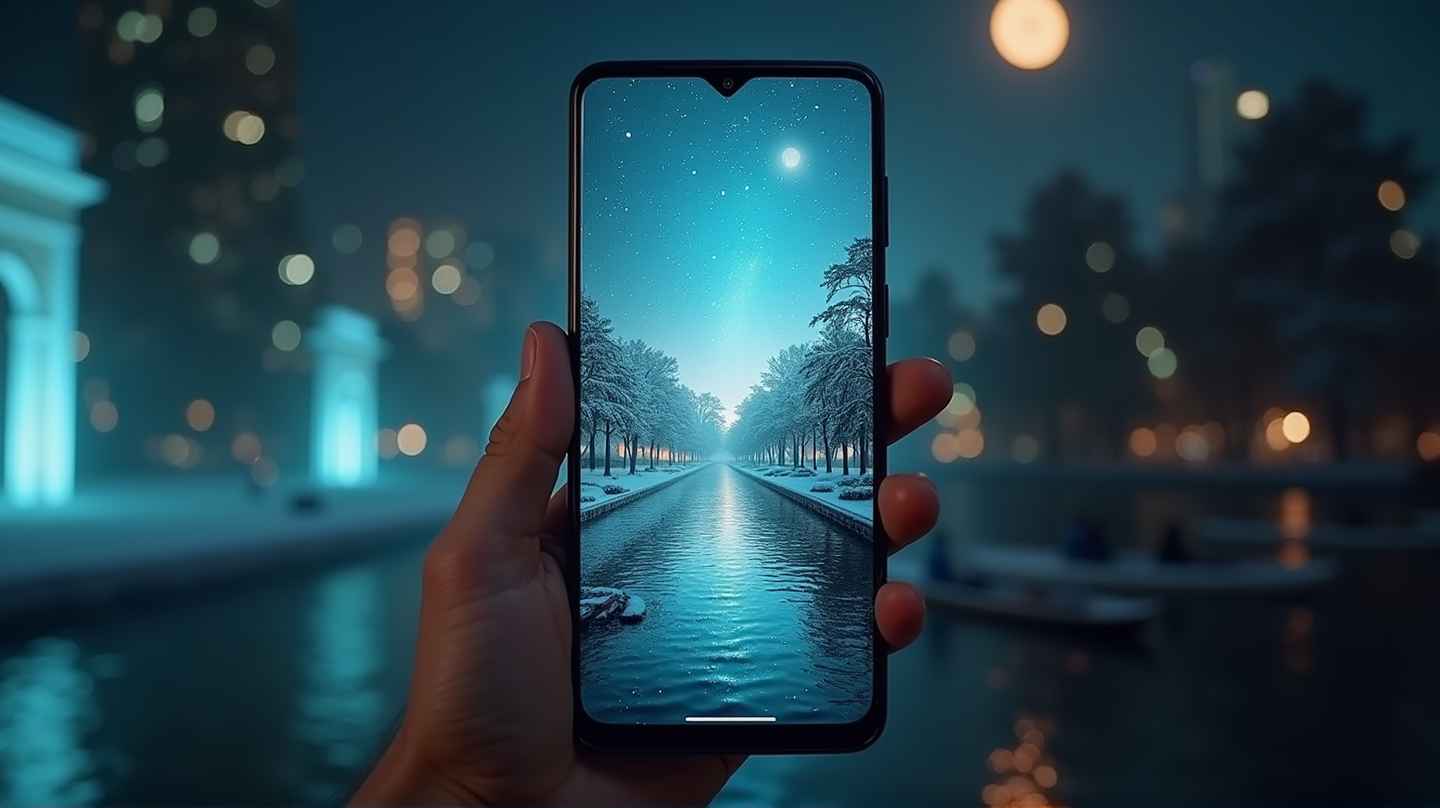In the ever-evolving landscape of mobile technology, Google has taken a significant stride forward with the introduction of “Min Mode” in its upcoming Android update. This innovative feature transforms the traditional always-on display (AOD) into a vibrant, interactive portal, allowing users to engage with simplified app interfaces without fully awakening their devices. According to details unearthed in early code by developers, Min Mode presents a significant leap in mobile ambient computing, offering functionality that never sleeps.
A Transformation in Always-On Displays
Traditional always-on displays have been a minimalist feature on Android devices, providing just the essentials like time and notifications. However, Min Mode elevates the AOD experience by allowing apps to run in a simplified, monochrome state. This setup not only enhances usability but also ensures significant energy conservation, as the device continues to sip power rather than gulp it. Imagine navigating through Maps or checking essential notifications without ever unlocking your phone, a subtle yet profound change in daily digital interactions.
Min Mode: A New Horizon for Developers
Min Mode isn’t just about aesthetics; it’s about redefining functionality within the Android ecosystem. Early previews indicate that Google Maps will be one of the first to utilize Min Mode, offering real-time navigation cues directly on the always-on screen. This development invites third-party developers to adapt their applications, potentially integrating media players, fitness trackers, and more into this low-power paradigm. The implications for design and user engagement are vast, encouraging developers to rethink interfaces in an era where efficiency is paramount.
Energy Efficiency Meets User Engagement
Battery life is a persistent concern for smartphone users, and Min Mode addresses this by operating within the constraints of low-power usage. Previous studies and developer previews have shown that Min Mode’s minimalist approach doesn’t significantly impact battery endurance, possibly encouraging more users to keep their AOD feature activated. This balance between functionality and power conservation illustrates Google’s commitment to user needs.
The Evolution of Seamless Computing
Google’s introduction of Min Mode aligns with the tech giant’s broader vision of seamless, context-aware computing. By embedding live app data into the AOD, Android could fundamentally shift mobile phone usage patterns, enabling users to interact more passively yet efficiently with their devices. As stated in WebProNews, this strategy could extend to other applications, creating a comprehensive ecosystem where information flows effortlessly.
The Road Ahead for Android’s Min Mode
As the industry watches closely, the real test for Min Mode will be its adoption by popular apps and how effectively developers can implement this new feature. If embraced widely, Min Mode could accelerate the trend of “ambient computing,” where devices preemptively understand user needs without explicit commands. However, challenges such as ensuring privacy, optimizing across diverse devices, and maintaining compatibility must be addressed for Min Mode to reach its full potential.
In conclusion, while the full impact of Min Mode will unfold with further user engagement and app integrations, it highlights Google’s dedication to refining key features that enhance practical utility without stretching resources. This forward-thinking approach may well set the standard for mobile interfaces in the coming years as expectations continue to evolve.
